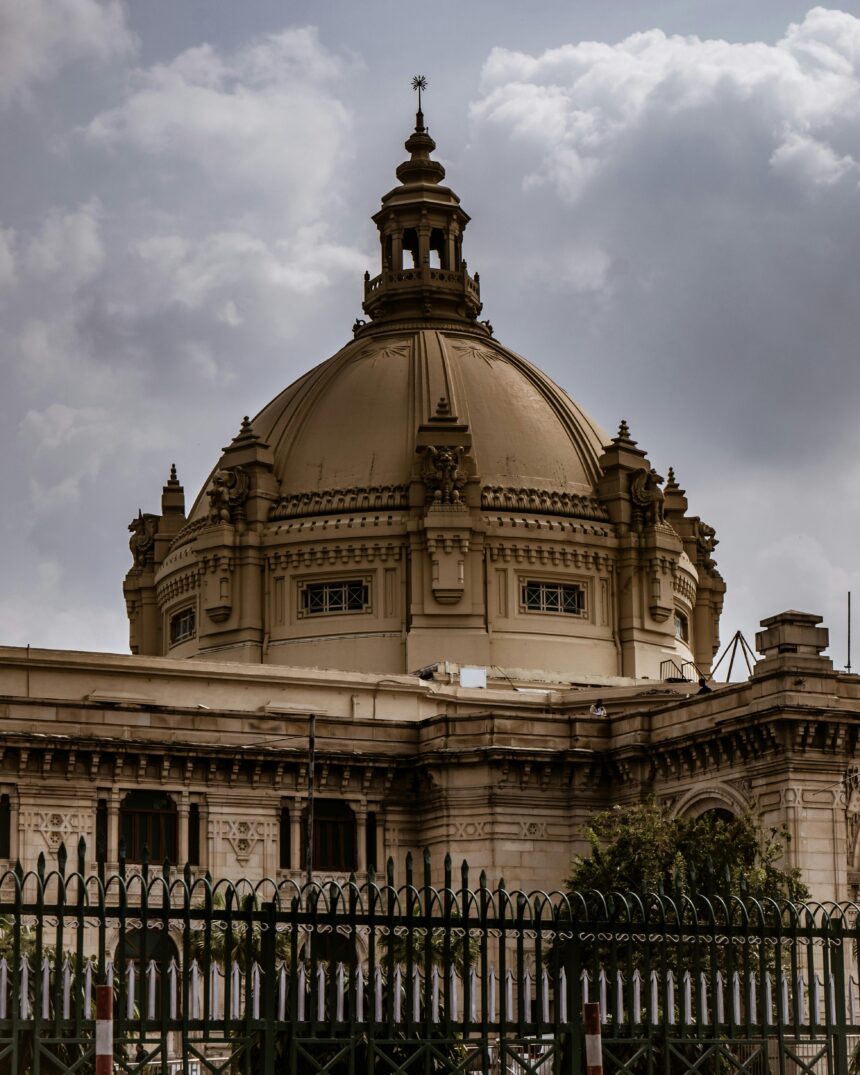Key Metrics:
- Lok Sabha Seats: 80
- Rajya Sabha Seats: 31
- Population: Over 220 million
- Rural Population: Approximately 77%
- Urban Centers: Major cities like Lucknow, Kanpur, Varanasi, and Noida
Lucknow, 2025 — Uttar Pradesh (UP) is not just a state; it is a political powerhouse that wields unmatched influence over India’s national agendas. With the largest representation in Parliament, UP’s political landscape often determines the shape of central government policies and the trajectory of national politics. This article explores how UP’s electoral weight and socio-political dynamics influence India’s governance, policy priorities, and democratic fabric.
Electoral Influence on National Policies
- Lok Sabha Dominance
- Decisive Numbers: With 80 seats in the Lok Sabha, UP is often the deciding factor in which party forms the central government. Winning UP is almost synonymous with gaining national power.
- Policy Adaptation: To win favor in UP, national parties often tailor their manifestos to address the state’s key concerns, from agriculture to employment.
- Rajya Sabha’s Strategic Role
- Legislative Muscle: UP’s 31 Rajya Sabha seats give it significant influence in passing or stalling key national legislation. Parties with strong representation in UP often have greater leverage in shaping central policies.
A Barometer for National Trends
- Electoral Outcomes as Predictors
- Bellwether State: The political mood in UP often reflects broader national sentiments, making it a bellwether for upcoming general elections.
- Testing Ground: Policy initiatives, welfare schemes, and campaign strategies tested in UP frequently set the tone for national implementation.
- Coalition Politics
- Alliance Building: With a fragmented political landscape, UP often sees multi-party alliances. The coalition dynamics here influence broader strategies for coalition governments at the Centre.
Impact on Socio-Economic Policies
- Agriculture and Rural Development
- National Agricultural Policies: Given UP’s agrarian base, policies like minimum support prices (MSPs), irrigation projects, and rural electrification are shaped by the needs of the state’s farmers.
- Employment Schemes: Programs like MNREGA are heavily focused on UP, where rural employment remains a critical issue.
- Urbanization and Infrastructure
- Urban Development: The rapid urbanization in UP’s cities, coupled with infrastructure projects like expressways and smart cities, influences national urban planning policies.
- Industrial Growth: UP’s industrial hubs, like Noida and Kanpur, are increasingly contributing to India’s manufacturing and service sectors, driving central industrial policies.
Cultural and Social Influence on National Agendas
- Religious and Cultural Narratives
- Religious Epicenter: With sites like Ayodhya, Varanasi, and Mathura, UP’s religious significance often intertwines with national political and cultural narratives.
- Cultural Policies: The state’s heritage drives discussions on cultural preservation and tourism, influencing national strategies in these areas.
- Social Justice and Representation
- Caste and Community Politics: UP’s caste dynamics heavily influence national debates on reservation policies, social equity, and representation.
- Women’s Empowerment: The increasing participation of women in UP’s political process sets a precedent for gender-focused policies across India.
Challenges in Aligning National and State Agendas
- Balancing Diverse Interests
- Urban-Rural Divide: Addressing the stark developmental divide between urban centers and rural areas in UP remains a significant challenge for policy makers.
- Caste and Communal Tensions: Balancing diverse caste and community interests while promoting social harmony requires nuanced policy-making.
- Political Volatility
- Frequent Power Shifts: UP’s history of fragmented mandates and coalition governments creates uncertainties that impact policy continuity at the national level.
Conclusion: A State That Shapes the Nation
Uttar Pradesh’s political weight and socio-cultural diversity make it indispensable to India’s national agenda. Its influence on electoral outcomes, legislative decisions, and policy priorities underscores its pivotal role in shaping the country’s future. As UP evolves, its political landscape will continue to serve as both a mirror and a mold for India’s democratic and developmental aspirations.


Leave a Reply